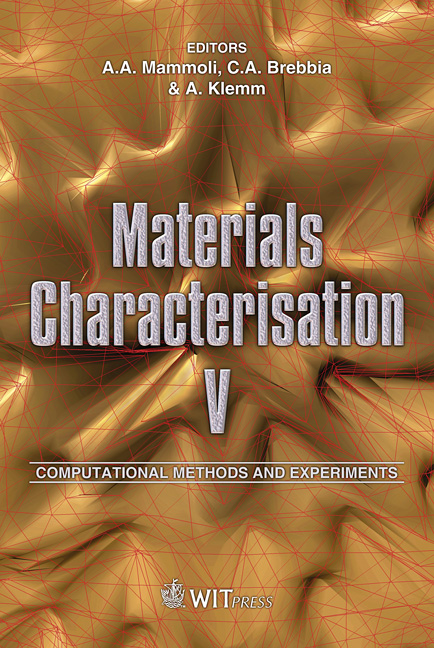Dynamic Strength Of Concrete Under Multiaxial Compressive Loading
Price
Free (open access)
Transaction
Volume
72
Pages
8
Page Range
299 - 306
Published
2011
Size
645 kb
Paper DOI
10.2495/MC110261
Copyright
WIT Press
Author(s)
Y. P. Song & H. L. Wang
Abstract
The dynamic characteristics of concrete are important for structures subjected to earthquake actions. Now there is much experimental data about this, and most are uniaxial test data. In large concrete structures, such as concrete dams, concrete reactive power, the stress states usually are in multiaxial states; therefore the main objective of this paper is to study the multiaxial compressive characteristics of concrete subjected to high strain rates under multiaxial compressive loading. Cubic specimens (100mm by side) are subjected to quasistatic and dynamic proportional biaxial and triaxial compression tests. The strain rates used are 10-5/s , 10-4/s, 10-3/s, 10-2/s. The stress ratios are for the biaxial compression 1:0.1, 1:0.25, 1:0.5, 1:0.75,1:1; for the triaxial compression the applied constant confining pressures are 4MPa, 8MPa, 12MPA, 16MPa. The tests are carried out on a concrete triaxial dynamic test system designed by the authors. The strength characteristics of the specimens at different strain rates and stress ratios are given. The experiment results indicate that the dynamic strength of concrete under multiaxial compressive stress states is higher than that under the uniaxial compressive stress state. Based on the test data, the failure criterion is established on the octahedral stress space. Its characteristic is that the effect of the similar angle on the dynamic strength is considered to reflect the changes of the dynamic strength between the tensile and compressive meridians. Keywords: dynamic strength, strain rate, biaxial stress state, triaxial stress state.
Keywords
dynamic strength, strain rate, biaxial stress state, triaxial stress state





